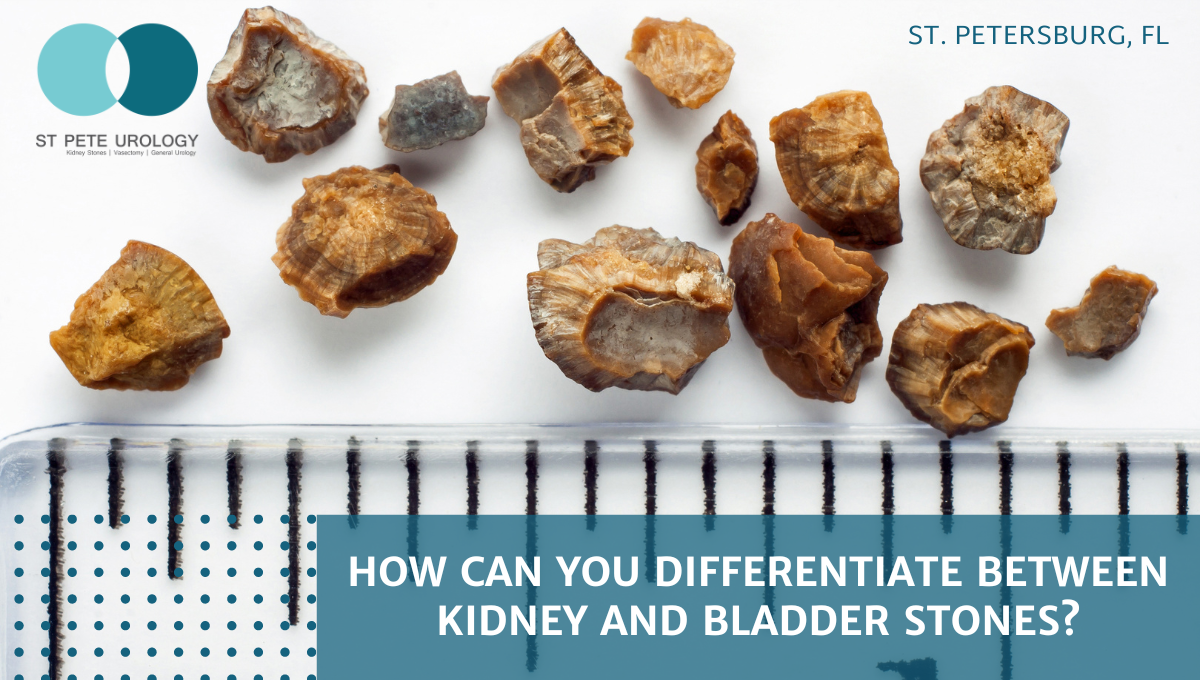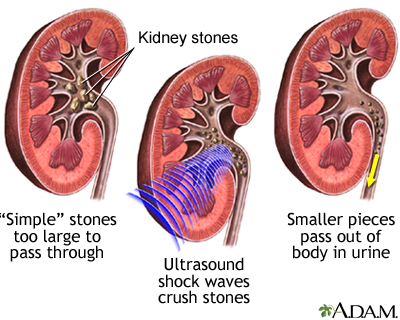A Comparative Research Study of the Danger Variables and Prevention Methods for Kidney Stones and Urinary System Tract Infections: Insights for Better Health
The enhancing prevalence of kidney stones and urinary system infections (UTIs) necessitates a more detailed assessment of their interrelated threat factors and avoidance approaches. By recognizing and resolving these shared susceptabilities, we can develop extra efficient techniques to reduce the risks linked with each. Kidney Stones vs UTI.
Summary of Kidney stones
Kidney stones are a common urological problem, affecting roughly 10% of individuals at some time in their lives. These strong mineral and salt deposits create in the kidneys when urine ends up being concentrated, permitting minerals to crystallize and bind together. The make-up of kidney stones differs, with calcium oxalate stones being the most common, adhered to by uric acid, struvite, and cystine stones.
Threat factors for the advancement of kidney stones include dehydration, dietary routines, obesity, and specific clinical conditions such as hyperparathyroidism or metabolic conditions. Signs and symptoms of kidney stones can vary from mild discomfort to extreme discomfort, usually presenting as flank pain, hematuria, and urinary seriousness.

Recognizing Urinary System System Infections
Urinary tract infections (UTIs) represent a prevalent clinical problem, especially among ladies, with about 50-60% experiencing at the very least one UTI in their life time - Kidney Stones vs UTI. UTIs take place when microorganisms go into the urinary tract, causing swelling and infection. This condition can affect any component of the urinary system, consisting of the kidneys, ureters, bladder, and urethra, with the bladder being the most frequently influenced site
The medical presentation of UTIs commonly includes signs such as dysuria, raised urinary frequency, necessity, and suprapubic pain. In many cases, clients may experience systemic symptoms such as high temperature and chills, indicating an extra serious infection, potentially entailing the kidneys. Diagnosis is largely based on the existence of symptoms, affirmed by urinalysis and pee culture to determine the original microorganisms.
Escherichia coli is one of the most common microorganism connected with UTIs, making up approximately 80-90% of situations. Threat elements consist of physiological tendencies, sex, and specific clinical conditions, such as diabetes mellitus. Comprehending the pathophysiology, professional indications, and diagnostic standards of UTIs is crucial for efficient monitoring and prevention approaches in susceptible populaces.
Shared Threat Factors
Several shared danger aspects add to the development of both kidney stones and urinary tract infections (UTIs), highlighting the interconnectedness of these two conditions. Dehydration is a noticeable risk factor; inadequate fluid intake can bring about focused pee, promoting the development of kidney stones and producing a desirable atmosphere for bacterial growth, which can speed up UTIs.

Adjustments in estrogen levels can influence urinary system tract wellness and stone formation. Furthermore, obesity has actually been determined as an usual danger factor, where excess weight can lead to metabolic modifications that favor both kidney stone growth and urinary system infections.
Prevention Approaches
Comprehending the common threat variables for kidney stones and urinary system system infections highlights the importance of applying effective prevention methods. Central to these strategies is the promo of appropriate hydration, as sufficient fluid consumption thins down pee, decreasing the focus of stone-forming materials and reducing the danger of infection. Healthcare experts typically suggest drinking at least 2 to 3 liters of water daily, tailored to specific requirements.
Additionally, dietary alterations play a crucial function. A well balanced diet low in salt, navigate to these guys oxalates, and animal proteins can alleviate the development of kidney stones, while increasing the intake of fruits and vegetables supports urinary system health and wellness. Routine surveillance of urinary system pH and composition can also help in identifying proneness to stone formation or infections.
Additionally, keeping correct hygiene practices is essential, specifically in ladies, to avoid urinary system system infections. In general, these avoidance Visit This Link methods are vital for reducing the occurrence of both kidney stones and urinary system infections.
Way Of Life Modifications for Health And Wellness
Exactly how can way of living modifications add to much better overall wellness? Carrying out certain lifestyle adjustments can substantially reduce the threat of developing kidney stones and urinary system system infections (UTIs) A balanced diet regimen plays a critical role; raising fluid intake, particularly water, can weaken urine and aid prevent stone development as well as clear out bacteria that may result in UTIs. Eating a diet abundant in vegetables and fruits provides crucial nutrients while decreasing sodium and oxalate consumption, which are linked to stone advancement.
Regular physical activity is likewise essential, as it promotes overall health and aids in maintaining a healthy weight, further lowering the threat of metabolic disorders associated with kidney stones. In addition, practicing excellent health is necessary in protecting against UTIs, particularly in ladies, where cleaning strategies and post-coital peeing can play preventative duties.
Staying clear of too much high levels of caffeine and alcohol, both of which can worsen dehydration, is suggested. Last but not least, normal clinical examinations can assist keep track of kidney function and urinary health, recognizing any kind of early signs of concerns. By taking on these way of life adjustments, individuals can improve their general wellness while efficiently decreasing the risk of kidney stones and urinary system tract infections.
Verdict
In final thought, the comparative evaluation of kidney stones and urinary system infections emphasizes the value of common risk factors such as dehydration, nutritional routines, and weight problems. Executing reliable avoidance strategies that concentrate on appropriate hydration, a balanced diet regimen, and routine physical activity can minimize the occurrence of both conditions. By addressing these typical determinants via way of life alterations and enhanced hygiene techniques, people can improve their total health and lower their vulnerability to these widespread health concerns.
The increasing occurrence of kidney find here stones and urinary system system infections (UTIs) requires a more detailed assessment of their related risk aspects and avoidance techniques - Kidney Stones vs UTI. The structure of kidney stones varies, with calcium oxalate stones being the most common, followed by uric acid, struvite, and cystine stones
Therapy options differ based on the dimension and type of the stone, varying from traditional management with raised fluid intake to clinical intervention like lithotripsy or surgical elimination for bigger stones. Furthermore, excessive weight has actually been determined as a common danger aspect, where excess weight can lead to metabolic adjustments that favor both kidney stone development and urinary tract infections.Comprehending the common risk elements for kidney stones and urinary system system infections highlights the value of carrying out reliable avoidance strategies.